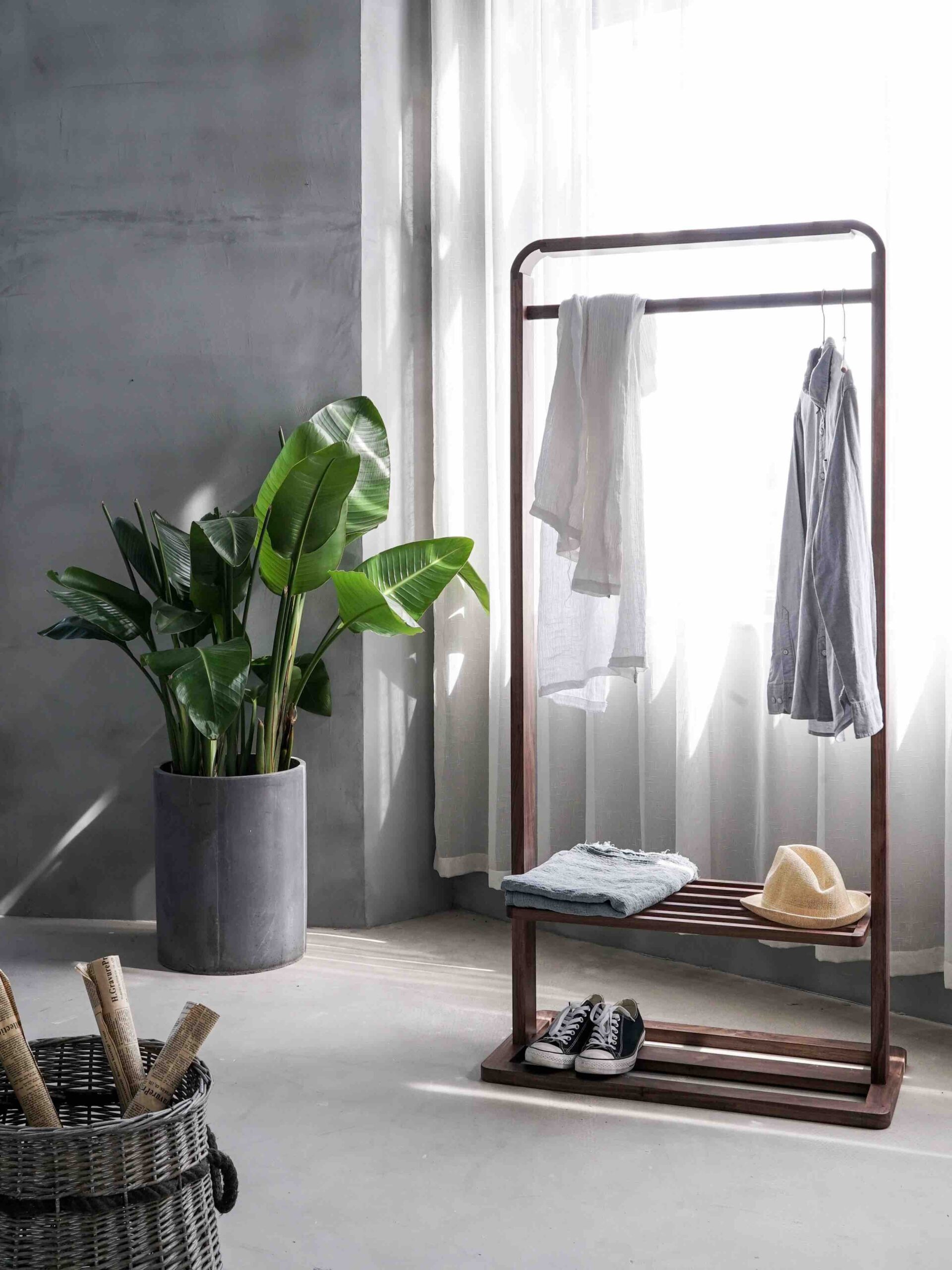Introduction
Modern home design and architecture have evolved significantly over the years, reflecting the changing needs and preferences of homeowners. Today, there is a growing emphasis on creating functional, sustainable, and aesthetically pleasing spaces. In this blog post, we will explore some of the key trends in modern home design and architecture.
1. Open Floor Plans
One of the most popular trends in modern home design is the use of open floor plans. This design concept eliminates unnecessary walls and partitions, creating a sense of spaciousness and promoting better flow between different areas of the house. Open floor plans also allow for more natural light to enter the space, making it feel brighter and more inviting.
2. Sustainable Design
As environmental concerns continue to grow, sustainable design practices have become an integral part of modern home architecture. Homeowners are increasingly opting for energy-efficient appliances, solar panels, and sustainable building materials. Green roofs and rainwater harvesting systems are also gaining popularity, as they help reduce the carbon footprint of a home and promote eco-friendly living.
3. Smart Homes
The rise of technology has given birth to the concept of smart homes. From automated lighting and temperature control systems to voice-activated assistants, homeowners are embracing the convenience and efficiency that smart home devices offer. These technologies not only enhance the functionality of a home but also contribute to energy savings and increased security.
4. Minimalist Design
Minimalism has become a dominant trend in modern home design and architecture. This design style focuses on simplicity, clean lines, and clutter-free spaces. Minimalist homes often feature neutral color palettes, open shelving, and a limited number of decorative elements. The minimalist approach creates a sense of calm and tranquility, allowing homeowners to focus on what truly matters.
5. Outdoor Living Spaces
With the desire to connect with nature and create a seamless transition between indoor and outdoor spaces, the popularity of outdoor living spaces has soared. Patios, decks, and rooftop gardens are now common features in modern home designs. These spaces serve as extensions of the indoor living areas, providing opportunities for relaxation, entertainment, and connection with the natural environment.
6. Flexibility and Multi-functionality
Modern homeowners are looking for spaces that can adapt to their changing needs. Flexibility and multi-functionality have become essential in home design. Rooms with convertible furniture, such as Murphy beds and modular shelving, allow for easy transformation of spaces based on specific requirements. This trend enables homeowners to maximize the utility of their homes and make the most of limited square footage.
7. Incorporation of Natural Elements
Bringing the outdoors inside is another prominent trend in modern home design. Homeowners are incorporating natural elements such as wood, stone, and plants to create a connection with nature. Biophilic design principles, which emphasize the integration of natural elements into the built environment, have gained traction. This trend not only enhances the visual appeal of a home but also promotes well-being and a sense of harmony.
Conclusion
Modern home design and architecture are continually evolving to meet the changing needs and preferences of homeowners. From open floor plans and sustainable design practices to smart home technologies and minimalist aesthetics, these trends are shaping the way we live. By embracing these trends, homeowners can create spaces that are functional, sustainable, and visually appealing.




